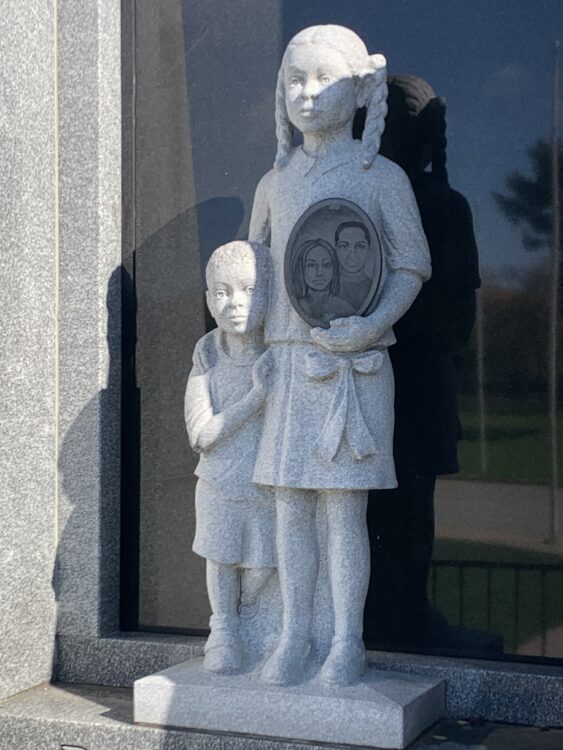NOW: Free At Last?
Introduction
By the 1980s, Black America came to another roadblock in the long struggle to full equality.
After the Civil Rights and Black Power movements, there were many more black college graduates, professionals, and business people than before. Many of them believed they would soon reach the American Dream.
Working-class blacks, however, faced a very different reality. Factory jobs left the inner cities and the industrial South. This led to high black unemployment. The dreams that had brought many black people North during the Great Migration were quickly dying.
White flight to well-funded suburban schools broke the back of school desegregation ordered by the Supreme Court.
Police brutality led to black unrest and rebellion in several cities. The most well-known occurred in Los Angeles in 1992 after the Rodney King beating.
The War on Drugs began to require harsher sentences for drug offenses. These have been applied most often to African Americans.
The number of blacks in prison has soared over the last thirty years, even when crime rates are at historic lows. Recent “justifiable homicides” of blacks by non-blacks have again raised questions about racial equality before the law. This situation is being called the “New Jim Crow.”
Still, the advances of African Americans in all fields – and the election of our first black president – have given some reason to hope.

Exhibits
By Us, For Us: The Crucial Role of the Black Press
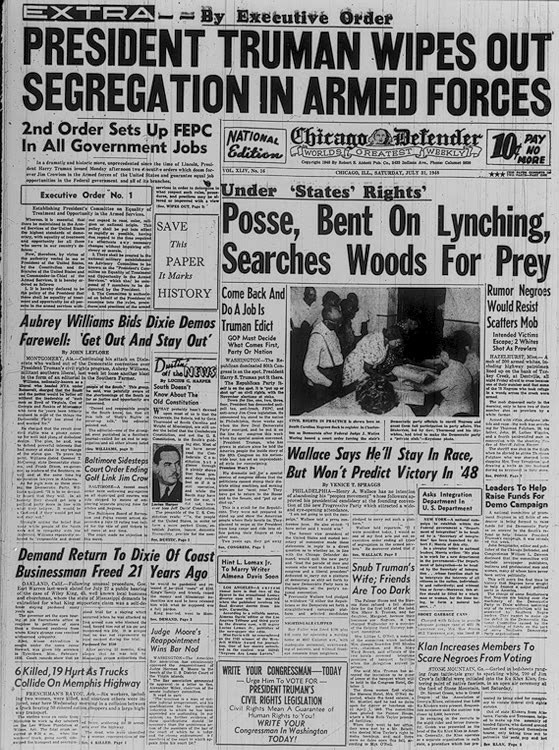
This exhibit gives a short history of the black press, some of the important journalist involved, and the vital role it has played in advancing the ideals of American democracy and supporting African American identity and culture.
Service Seeks Reconciliation Over 1916 Lynching
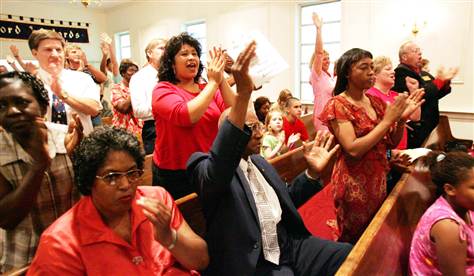
Hundreds gathered in a small town church in Abbeville, South Carolina, known as the the birthplace of the Confederacy. Descendants of Anthony Crawford and descendants of his lynchers joined in a service of apology, forgiveness and reconciliation for that lynching and other racial injustices that took place there nearly a century ago.
Inheriting Home: The Skeletons in Pa’s Closet
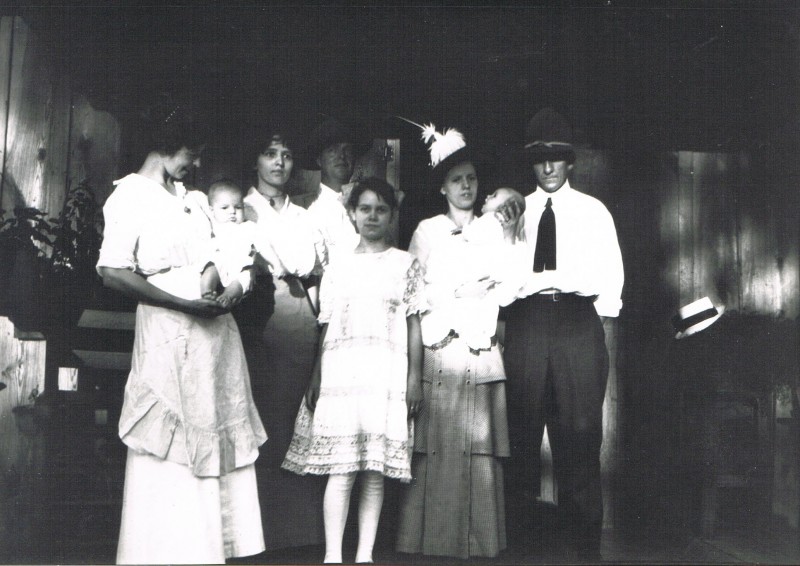
With its store of family memories, Arkansas defines home for me. But embracing and claiming it as my own is prickly business. “Home” has closets of skeletons that are anything but comforting: the Lost Cause, Jim Crow, the Ku Klux Klan, lynchings.
Why the Zimmerman Jury Failed Us

Harvard professor Lawrence Bobo explains how the Zimmerman verdict reflects the racism at America’s core – leading to the continual dehumanization of blacks. When cultural racism is this deeply embedded in America’s basic cultural toolkit, it need not be named or even consciously embraced to work its ill effects.
One Year Later Sophie Kloppenburg Continues to Inspire
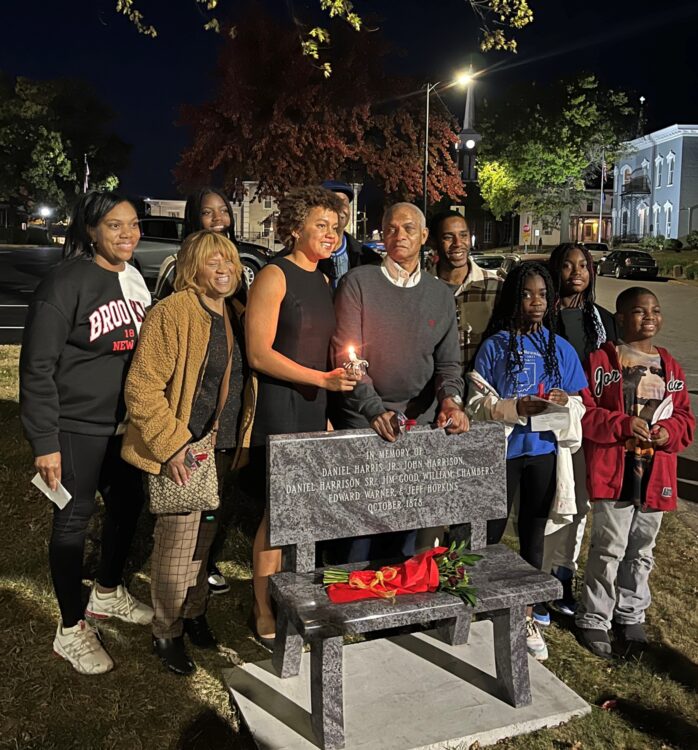
One year has passed since Sophie Kloppenburg and her supporters successfully installed a memorial bench and sign concerning the 1878 lynching of seven back men in Posey County, Indiana. If you thought that was the end of this story, it was not. Because, one year later, Sophie continues to inspire.
Sundown Towns: Racial Segregation Past and Present
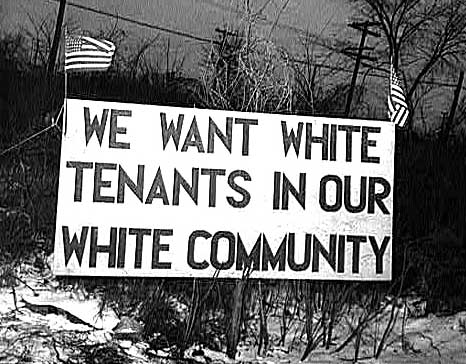
A sundown town is a community that for decades kept non-whites from living in it and was thus “all-white” on purpose. Sundown towns are rare in the South but common in the rest of the country. Learn why sundown cities, towns, suburbs, and neighborhoods developed–and how they continue to shape the lives and relationships of black and white Americans today.
Finding Myself Inspired by a Modern Day Teenage Activist
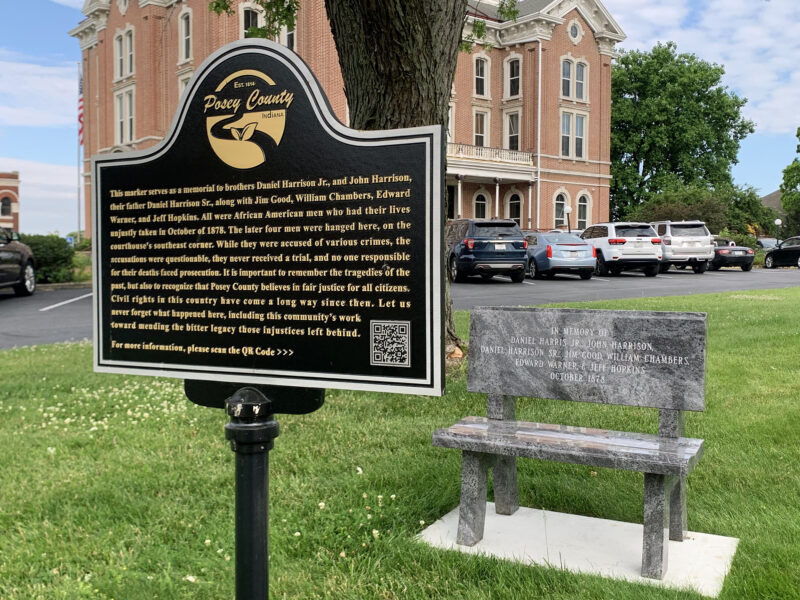
After 144 years of silent indifference, seven African American men lynched in October 1878 are officially recognized with a memorial bench and sign in Mt. Vernon, Indiana. Thanks to Sophie Kloppenburg, a true inspiration, we will never forget.
War on Drugs – or War on Blacks?
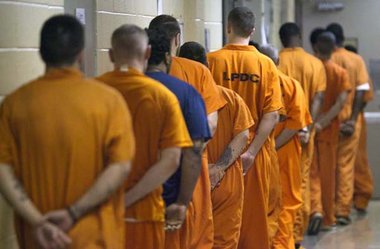
The War on Drugs that began in the 1980s has led to an explosive mass incarceration of African Americans. This exhibit examines how and why.
“Race” – The History of a Persistent Myth

For more than 400 years, the economic, social, and political behavior of Americans has been shaped by ideas about “races” and racial differences. Where did these powerful ideas come from – and are they true? How have your ideas about racial differences been affected?
Hateful Speech
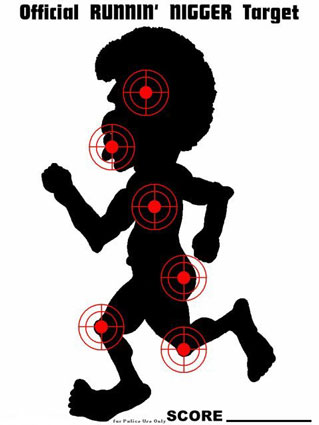
This exhibit is comprised of the personal attacks, obscenity, vulgarity, profanity, and shouting that ABHvM receives in the Comments sections of exhibits.
Annotated Bibliography – Whiteness: Framed, De-framed and Counter-Framed

This annotated bibliography includes a thorough listing of works about the concept and experience of being white in America. It contains many nonfiction books, but also autobiographies, novels, stories, articles, and videos.
Shaking the Family Tree: My Journey of Recovery, Repair and Renovation
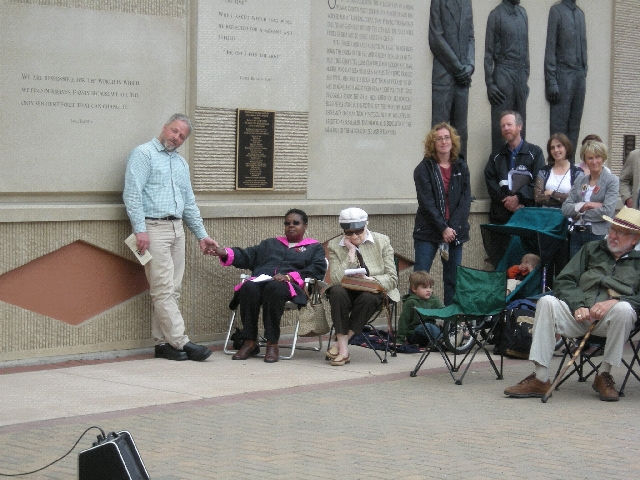
School teacher Warren Read never suspected that the beloved great-grandfather he had put on a pedestal had actively taken part in murdering three young African Americans in Duluth, MN in 1920. His discovery of the truth shook him and sent him on a journey to rebalance his world.
How Does a City Choose to Remember its Past?
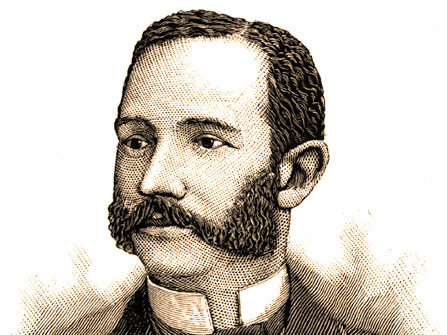
Many Milwaukeeans are familiar with the 1854 abolitionist rescue of Joshua Glover, an African American who escaped slavery and found sanctuary in Wisconsin. Far fewer know about the horrific racial lynching of George Marshall Clark, a free black man, that happened only seven years later in Milwaukee. What was their story, and how have we remembered these two men?
Georgia Police Chief, Other White Leaders Apologize for 1940 Lynching
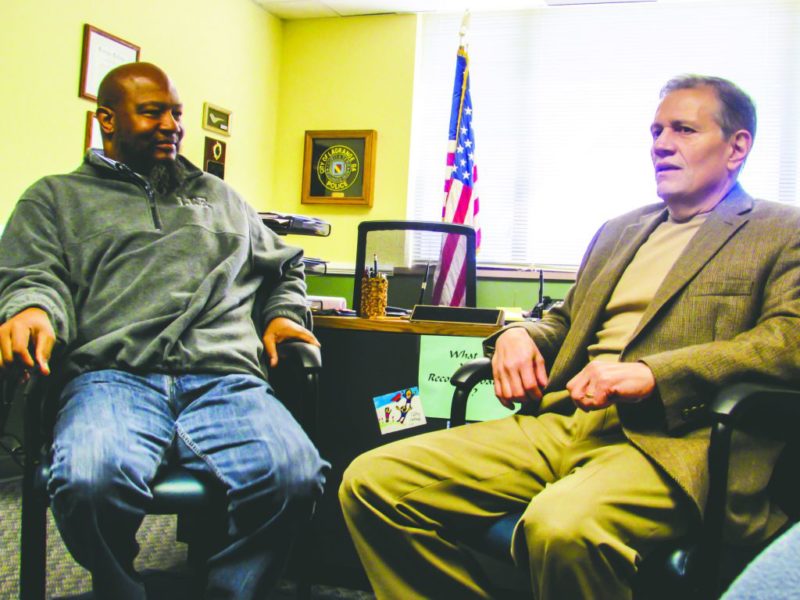
The police chief of Lagrange, Georgia, along with the city’s mayor and the white business community, issued an apology to the Callaway family and the NAACP for the 1940 lynching of teenaged Austin Callaway. A commemorative ceremony and memorial plaque will be placed to honor Callaway and other victims of lynchings in the county.
Why Racial Injustice Persists Today: A Very Brief Video History

The myth of racial difference that was created to sustain slavery persists today. Slavery did not end in 1865, it evolved. This very brief video reveals how we got from slavery to today’s forms of racial injustice, such as mass incarceration.
Some Exhibits to Come – NOW: Free At Last?

Here are some of the exhibits we plan to mount in this gallery.
Peering Through White-Rimmed Glasses: A Letter to My Fellow White Americans
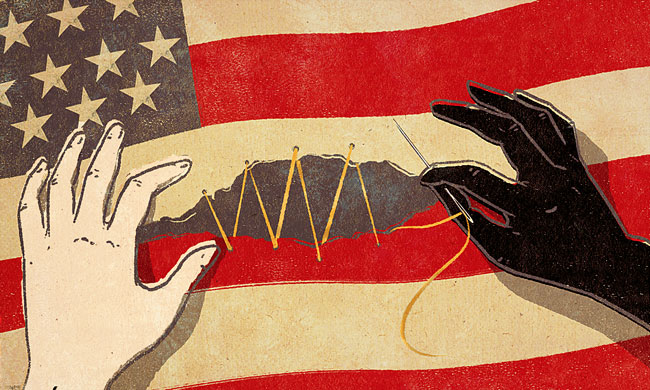
A long-time white anti-bias educator and activist finds that her fellow white Americans are increasingly eager to understand America’s racial hierarchy and their part in it. A discussion of the roots and impacts of the White Racial Frame and what white people can do about it.
After 100 Years Of Challenges, The 1st Nat’l Black History Museum Is Here
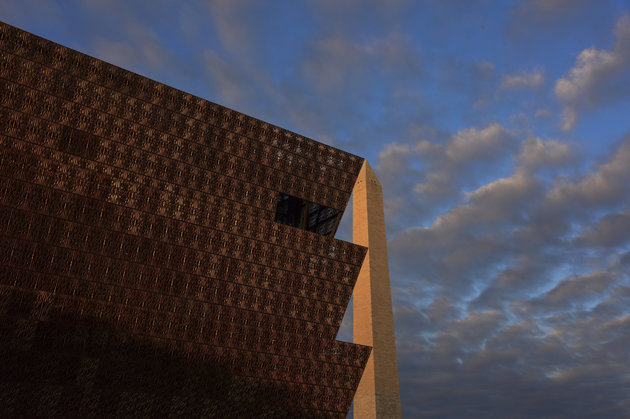
Black history has finally taking its rightful place within the Smithsonian Institution with the National Museum of African American History and Culture’s grand opening in September 2016. Discover the 100-year history of the project, take a virtual tour, watch the full dedication ceremony and video interviews.
Tour: Racial Repair, Reconciliation And Redemption

Learn about organizations and individuals currently working to heal our nation from slavery’s tragic legacy. On this virtual tour, you will be exposed to a variety of ideas and methods being tried in communities around the country – and to personal stories.
Racial Repair and Reconciliation: How Can We Achieve Them?
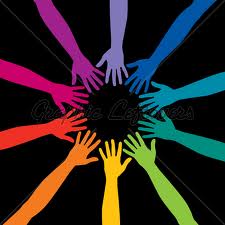
The exhibit provides an overview of the topic through text and videos. It samples processes for repair and reconciliation in use around the country, along with links to books, videos, and websites for deeper understanding and action.
The 2014 Gathering for Racial Repair and Reconciliation – Live!
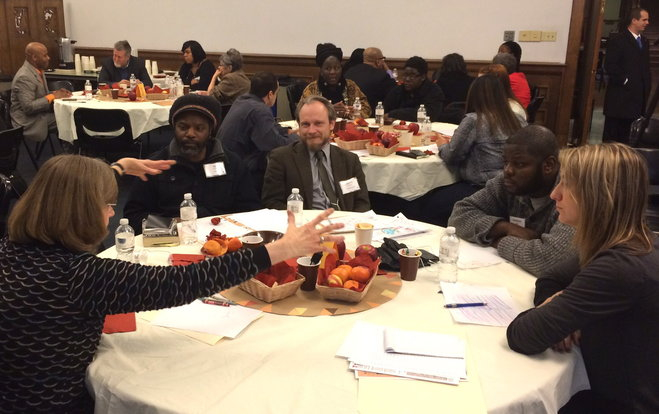
A video series of presentations by scholars and activists at ABHM’s 2014 Gathering for Racial Repair and Reconciliation.
Life After Hate: A Former White Power Leader Redeems Himself

Arno Michaels grew up as a gifted child of privilege. In his teens he became a white-power extremist, a leader of skinheads. Today he is an international activist for peace, justice, and basic human kindness. Read his story and watch a video about his transformation and redemption.
